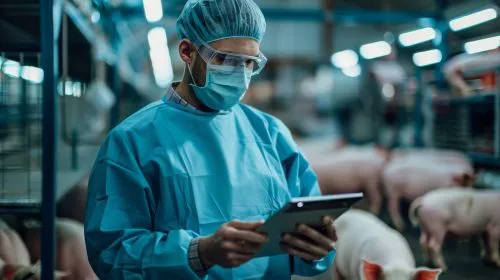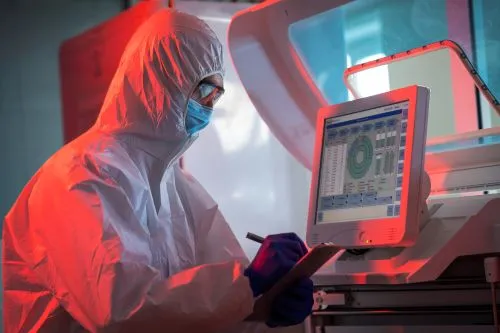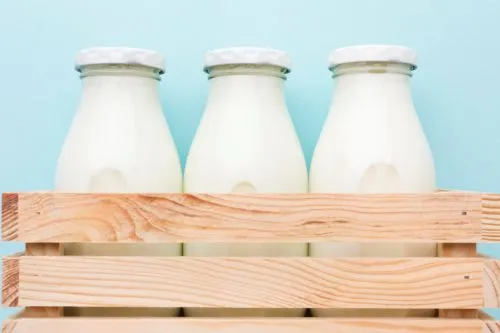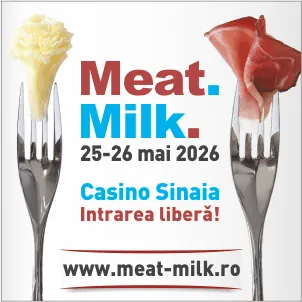947
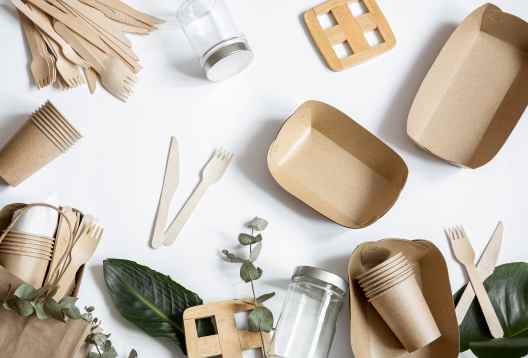
Food packaging has evolved from a simple protective function to an essential role in communication, marketing, and sustainability. In the context of the European Green Deal and waste reduction objectives, sustainable packaging is becoming a priority for retailers and processors.
According to a report by the European Environment Agency (EEA, 2023), plastic packaging generates approximately 60% of all packaging waste in the EU. To address this challenge, the industry is turning towards:
• biodegradable and compostable materials (starch, cellulose); • 100% recyclable packaging (PET, HDPE); • minimalist design to reduce volume; • reuse and refill systems (loop systems).
A McKinsey study (2022) shows that 70% of European consumers prefer to buy food products with packaging considered “environmentally friendly.” However, price remains a critical factor: the cost of compostable packaging is 2–3 times higher than standard packaging, and the impact on the final price is estimated at +5–8%.
In Romania, legislation requires that, starting in 2025, at least 60% of packaging placed on the market must be recyclable, in accordance with Government Emergency Ordinance no. 74/2018. Retailers are adopting hybrid solutions, especially for ready-to-eat and dairy products.
Sustainable packaging is becoming a strategic element: it contributes to brand image, influences purchasing decisions, and helps ensure compliance with ESG (Environmental, Social, Governance) requirements.
(Photo: Freepik)
